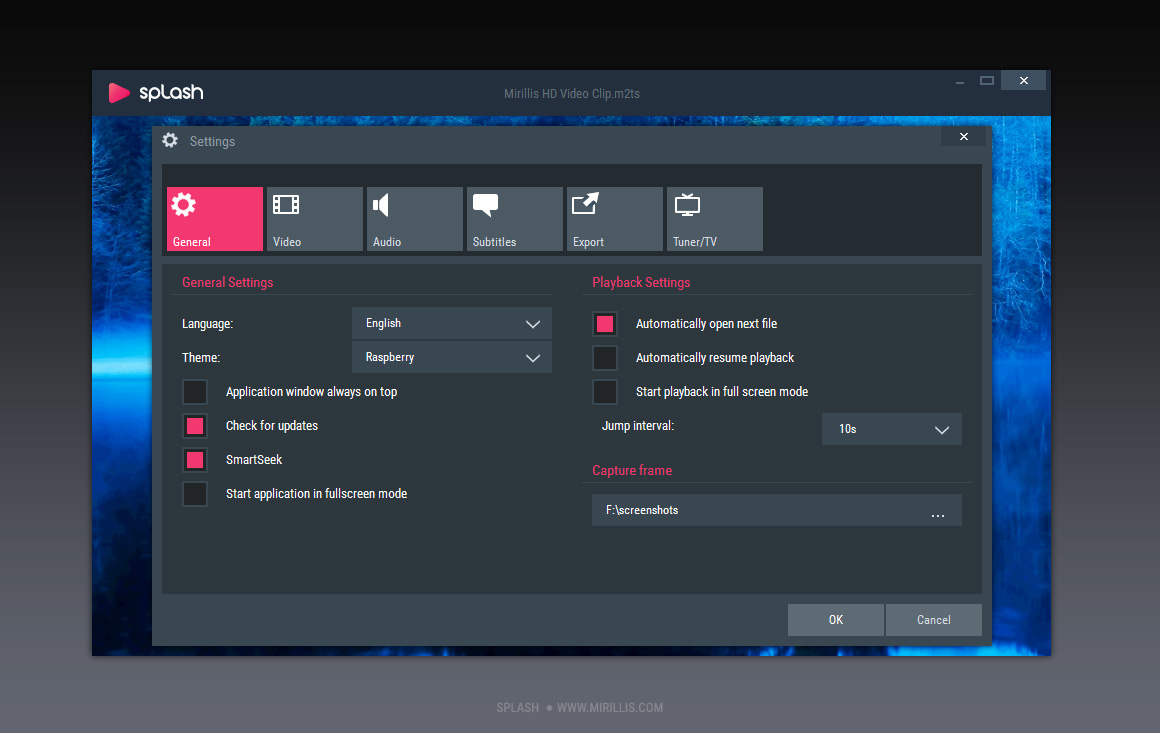

A rather broad peak is spread in the region from 200 nm to 240 nm which could be the superposition of the peaks corresponding to the absorption due to (alpha) helix and (beta) structure. This peak, as expected, does not show any shift with pH value (4.3 to 10.8).

On the high energy side the peak is located at 195 nm which is generally attributed to peptide bonds. Spectral investigations of absorbance in deep ultra-violet region (from 200 nm to 350 nm) of (STM) was carried out for different pH values. Otero de Joshi, Virginia Gil, Herminia Contreras, Silvia Joshi, Narahari V. Spectral investigation of somatotropin for different pH values These results strongly indicate that the low pH treatment-induced anthocyanin accumulation is mediated by the variation of mRNA transcription of the anthocyanin biosynthetic genes. Meanwhile, several MYB TFs have been suggested in the regulation of pH responses. Quantitative real time PCR experiment showed the expression level of anthocyanidin synthase (McANS) and uridine diphosphate glucose flavonoid 3-O-glucosyltransferase (McUFGT) was up-regulated by low pH values treatment, and high medium pH value treatment up-regulate the transcription level of flavonol synthase (McFLS). Conversely, the high medium pH values induced up-regulation of the content of flavones and flavonols, suggesting that low pH treatment-induced anthocyanin accumulation. HPLC analysis demonstrated that high medium pH values treatment induced a dramatic decrease in the concentration of cyaniding in crabapple leaves. We analyzed anthocyanin composition and the expression of elements encoding anthocyanin and flavonols biosynthesis underlying different medium pH values by using three different leave color type cultivars. Low Medium pH Value Enhances Anthocyanin Accumulation in Malus Crabapple LeavesĪnthocyanin is a critical factor involved in coloration of plant tissues, but the mechanism how medium pH values affect anthocyanin accumulation in woody plants is unknown. No maximum in the LT parameter was observed during gelation for yogurts made from milk The G' values at pH 4.6 were lower in samples after adjustment back to pH 6.7 after heating.

The G' values at pH 4.6 were highest in gels made from milk heated at pH 6.7 and lowest in milk heated at pH 6.2, with or without pH adjustment after heating. Fluorescence microscopy was used to observe gel microstructure. Light-backscattering properties, such as the backscatter ratio (R) and the first derivative of light backscatter ratio (R'), were also monitored during fermentation. Gel formation was monitored using dynamic oscillatory rheology, and parameters measured included the storage modulus (G') and loss tangent (LT) values. Milks were inoculated with 3% (wt/wt) yogurt starter culture and incubated at 40Â☌ until pH 4.6. A portion of the heated milk samples was readjusted back to pH 6.7 after heating. Reconstituted skim milk was adjusted to pH values 6.2, 6.7, and 7.2 and heated at 85Â☌ for 30 min. In this study, we investigated the effects of different pH values of milk at heating on the rheological, light backscatter, and microstructural properties of yogurt gels. Model acid gels can have very different texture and physical properties from those made by fermentation with starter cultures. Prior studies investigating the effect of pH of milk at heating used model gels in which milk was acidified by glucono-δ-lactone in this study, we prepared yogurt gels using commercial starter cultures. There are conflicting reports on the relative importance of soluble and casein-bound whey protein aggregates on the properties of acid gels. Low milk pH values (≤ 6.5) at heating result in most denatured whey proteins becoming associated with casein micelles, whereas high milk pH values (≥ 7.0) at heating result in the formation of mostly soluble (nonmicellar) denatured whey protein complexes. Milk for yogurt manufacture is subjected to high heat treatment to denature whey proteins. Ozcan, Tulay Horne, David S Lucey, John A Yogurt made from milk heated at different pH values.


 0 kommentar(er)
0 kommentar(er)
